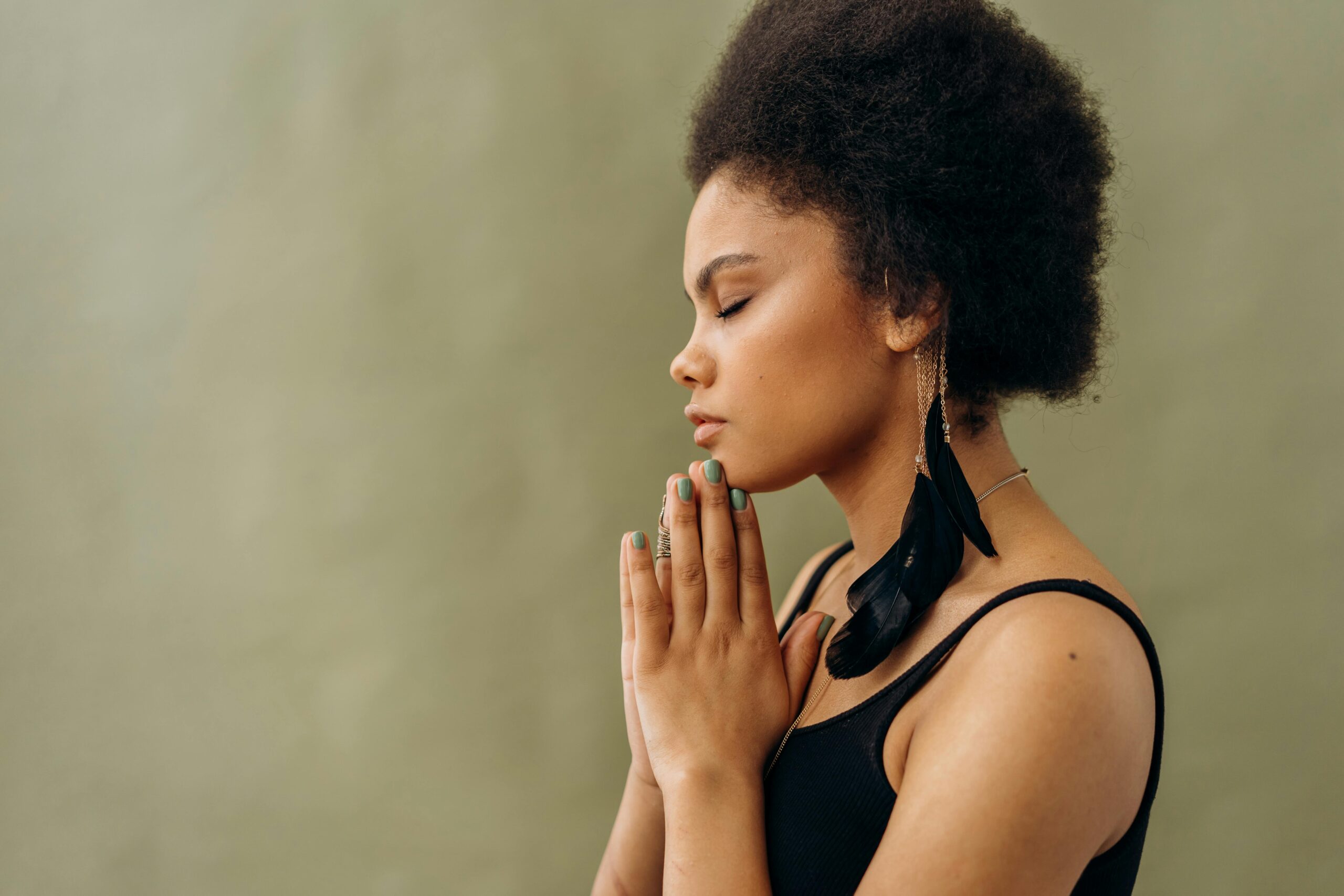There’s a reason why beginner, intermediate, and advanced are terms people use to describe movement practices: there are levels to fitness. Out of all the ways to move your body, yoga probably tops the list as the most complex. The practice, which can be dated back to literally the beginning of civilization, involves lots of tiers, from beginner stretches to seasoned yogi poses.
There’s always a next level in yoga practice. While many poses cultivate calm and flexibility, others push your strength, balance, and endurance to the max. These advanced asanas aren’t just showstoppers—they require years of discipline, physical training, and mental focus. If you’ve ever wondered what separates a casual flow from a true mastery of the mat, the hardest yoga poses give you a glimpse into the elite world of yoga.
8 of the Hardest Yoga Poses
Scorpion Handstand (Taraksvasana)
To do this position, start in a forearm stand, then arch your back deeply while bending your knees so your toes aim to touch your head. This pose targets your shoulders, spine, core and arms. It’s especially helpful because it builds strength and extreme flexibility in the spine and shoulders, while improving balance and mental focus.
This advanced pose combines inversion, deep back bending and balance. That’s three of yoga’s most challenging components, done all at once, making this a pose for advances yogis.
Peacock Pose (Mayurasana)
If you want to try this out, first kneel and place your palms on the floor with your fingers pointing toward your feet. Then, balance your whole body on your arms with your legs straight behind you. This pose not only engages your core and shoulders, but improves digestion by stimulating your abdominal organs. This pose demands immense core strength and wrist flexibility.
Eight-Angle Pose (Astavakrasana)
For this pose, start in a seated position. Hook one leg over your shoulder, thread the other leg underneath and lift both feet while twisting the torso. This pose builds powerful arm and core strength while promoting spinal flexibility, working your arms and obliques. It requires coordination, strength and flexibility, especially in the hips and hamstrings.
King Pigeon Pose (Kapotasana)
The King Pigeon Pose requires a lot of flexibility. Start from a kneeling position, then arch backward and reach both arms overhead to grab your feet behind you. Engage your hips, spine, chest and shoulders. This pose opens your hips and chest while lengthening your spine. It’s one of the deepest back bends in yoga, requiring both spinal flexibility and shoulder mobility.
Firefly Pose (Tittibhasana)
For this pose, place your hands behind your feet and lift your legs off of the floor while straightening them in front. This pose targets your arms, wrists, inner thighs and core. Although it’s difficult, the firefly pose increases arm strength and hip flexibility while challenging balance. It’s among the hardest poses because it requires you to open your hamstrings and have strong wrists to hold the pose.
Side Crow Pose (Parsva Bakasana)
From a squat, twist your torso and place both arms on the side of one thigh. Lift your feet and balance on your hands. This yoga pose hits your obliques, arms, wrists, and shoulders. It also builds core strength and challenges rotational flexibility. The lateral twist and balancing on one side make it harder than traditional crow pose.
Yogic Sleep Pose (Yoga Nidrasana)
The Yogic Sleep Pose may sound restful, but it takes a ton of skill. Lie on your back and place both legs behind your head. Then, wrap your arms around your back. This complex yoga pose engages and targets your spine, hamstrings, hips, and neck. It increases spinal and hip flexibility while deeply stretching the legs. The Yogic Sleep Pose requires incredible flexibility in the spine and hamstrings.
One-Legged Crow (Eka Pada Bakasana)
The One-Legged Crow is rooted from the traditional crow pose. You just take it a step further by slowly extending one leg straight behind you while balancing on your arms. Targeting your core, arms, and glutes, this pose enhances balance, stability, and single-leg strength. Balancing on one leg increases the risk of tipping over, requiring extreme core control.
What is the hardest yoga pose to do in the world?
While opinions vary depending on flexibility and strength, most experts agree that Vrischikasana, also called the scorpion pose, is the most challenging. It really requires you to contort your body in the shape of a literal scorpion. Similar to most yoga poses, this one demands an extraordinary blend of strength, flexibility, and balance—all while being inverted. It’s the ultimate test of body control and fearlessness. The Firefly Pose B and Yoganidrasana (Yogic Sleep Pose) are also among the most challenging to do.
What yoga is best for weight loss?
Dynamic practices, such as Ashtanga and Power Vinyasa, will help you burn calories. Ashtanga yoga is a dynamic form characterized by a fixed sequence of poses called series. It is synchronized with breath and designed to create internal heat and build strength. It’s known for its intense, physically demanding practice and is considered a moving meditation. Power Vinyasa takes things up a notch. It’s a fast-paced, intense style of yoga that combines the continuous flow of Vinyasa with the strength-building elements of Ashtanga and other styles. It’s a dynamic practice that focuses on building stamina, strength, and flexibility through a series of coordinated movements and breaths.
Frequently Asked Questions
What is the hardest version of yoga? Popularized by K. Pattabhi Jois in the 20th century, Ashtanga Yoga is widely considered the most difficult type of yoga. Following a sequence of postures in a specific order, this yoga combines strength, flexibility and stamina.
What Are the 4 Main Yogas? Yoga follows four pathways: bhakti, jnana, karma, and raja. Karma Yoga represents the yoga of action.
